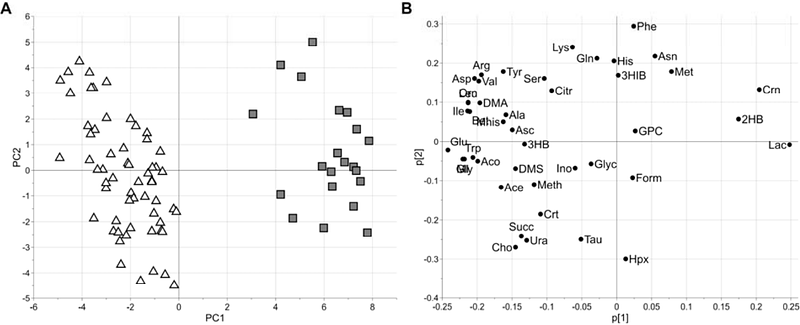PMI estimation on aqueous humour: human translation from a metabolomic animal model.

PMI estimation on aqueous humour: human translation from a metabolomic animal model.
Chighine, A.; Stocchero, M.; De-Giorgio, F.; Nioi, M.; d'Aloja, E.; Locci, E.
AbstractTranslating findings from animal models to human applications remains a fundamental challenge across scientific research, with unique implications for post-mortem metabolomics. This study advances this goal by applying 1H NMR metabolomics to human aqueous humour, building on to a previously published sheep model for post-mortem interval estimation. We constructed a human dataset of 21 aqueous humor samples from 11 forensic autopsies, with post-mortem intervals (225-1164 minutes) aligned with the animal model's time range. Quantification of 46 metabolites revealed 43 shared between species, demonstrating qualitative similarities despite quantitative differences driven by species-specific factors, such as lactate and glutamate. Partial least squares regression models, which resulted highly accurate in the sheep model, showed increased prediction error in humans, underscoring translational complexities. Notably, taurine and hypoxanthine were identified as post-mortem interval-specific metabolites and, most of all, resulted unaffected by species, suggesting their relevance in the post-mortem interval maintained across species. This study is the first to attempt a translation of animal-derived 1H NMR metabolomic results to real-life human samples, addressing prior limitations through aligned timeframes and rigorous methodology. Animal models in post-mortem metabolomics offer controlled, reproducible data by minimizing real-life, providing a robust foundation for studying metabolomic modifications. However, direct translation to humans appears possible for a limited part of the metabolome, with key metabolites like taurine and hypoxanthine showing consistency. These findings endorse animal-derived metabolomics as a guide for human studies across diverse metabolomics investigations, promoting human studies on larger cohorts and more specific experimental designs.